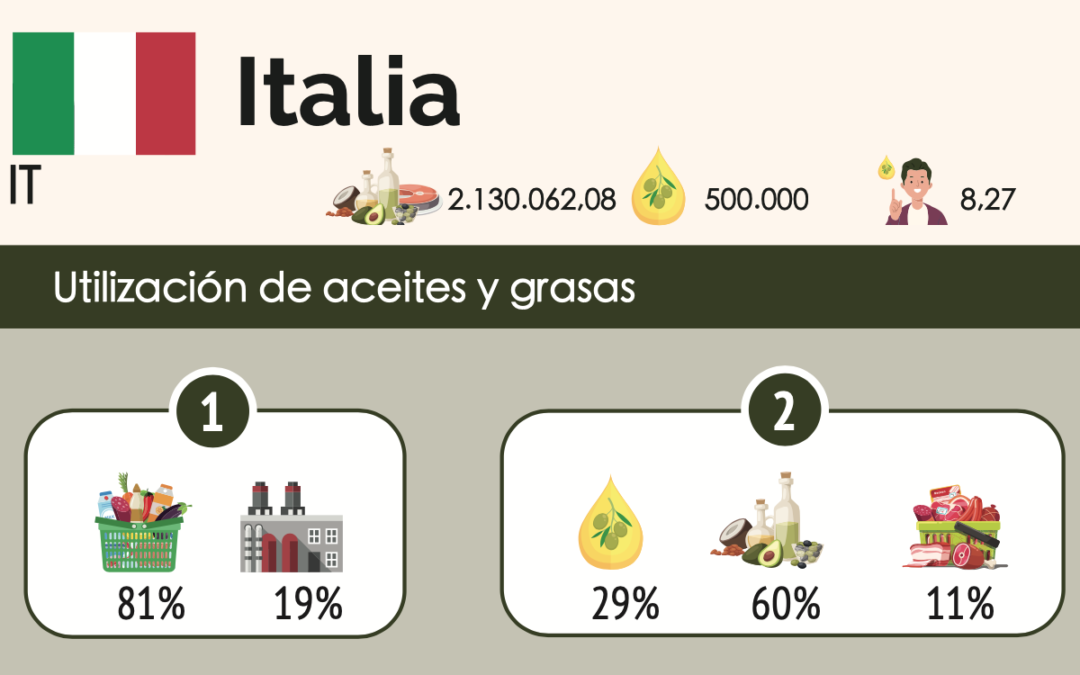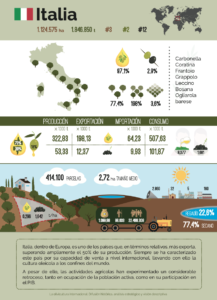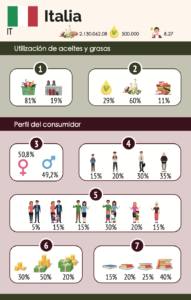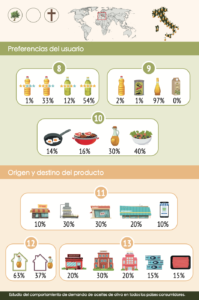Several Italian regions activate the red alert declaring a state of emergency due to drought and low rainfall forecasts, all aggravated by heat waves. This is the worst water situation in 70 years.
They are facing a really serious situation, many agricultural areas are affected and are already applying restrictions on water use. Imminent proof of this is the state of the Po River, the largest and longest river in Italy used for drinking water, to nourish large tracts of agricultural land and to produce hydroelectric power, which is «at a minimum».
This situation has led several provinces and regions to ask the Italian government for help, approving the declaration of a state of emergency due to the drought. This measure is intended to control the current situation and to provide relief and assistance to the most affected population.
The current water crisis directly affects olive growing as we are on the eve of the irrigation period. The lack of infrastructures for water management, the drought and the heat waves that are accompanying this summer, leave us with a devastating panorama for the olive trees, a campaign with loss of quality and quantity of the Italian product is looming.
Italy is both a producer and consumer of olive oil and plays a very important role worldwide. There are different production models and market approaches, in addition to the fact that the olive tree is of great importance for the landscape and the environment, being emblematic of many Italian territories.
Within Europe, it is one of the countries that, in relative terms, exports more than 50% of its production. Italy has always been characterized by its international sales capacity, taking its olive oil culture to the ends of the earth.
It currently has 1,124,575 hectares of olive groves. It ranks third in the world in terms of cultivated area, second in olive oil production and twelfth in table olive production. Of the total production, 97.1% corresponds to olive oil and 2.9% to table olives.
With respect to cultivation, intensive cultivation predominates (198%), followed by traditional cultivation (77.4%), and finally, super-intensive cultivation with 3.6%. Of the total crop, 77.4% is rainfed and the remaining 22.6% is irrigated.
It produces 322,830 tons of olive oil, of which 198,130 tons are marketed to other countries. Of the total oil produced, 70% belongs to a higher quality oil (virgin or extra virgin), the remaining 30% belongs to a lower quality oil, such as lampante olive oil. In addition, it produces 53,330 tons of table olives, of which 12,370 tons are marketed to other countries.
Italy has 414,100 olive grove plots, which have an average size of 2.72 hectares. Per hectare, 0.296 tons of oil are produced per hectare, as well as 1.624 tons of table olives per hectare.
There are 2,860 mills, 22 olive oil mills, 5 refineries and 160 oil presses. The turnover of the olive oil sector in this country is 1,099.88 million euros, which translates into more than 22 million real working days.
Of the total animal and vegetable fats consumed in Italy, olive oil consumption accounts for 29%, or 500,000 tons of olive oil.
As for the consumer profile, it is consumed more by women than men, although not with much difference, standing respectively at 50.8% and 49.2%. With respect to age, the older the population is, the higher the percentage of olive oil consumers, with people between 50 and 65 years of age (30%) and those over 65 years of age (35%).
According to family structure, consumption is higher in middle-aged families with children (30%), followed by single-parent families with children (20%). People with a medium-low income consume more olive oil than those with a low income. Consumption in people with a medium income is 50% and low income 30%, while people with a high income consume 20%.
With respect to the percentage of olive oil consumption according to the level of academic education, it is significantly noticeable that those people who have higher education (university) consume more olive oil than those who have practically no education. The consumption of olive oil is 40% for people with higher studies, and 15% for people with no studies.
According to the type of olive oil, 54% consume extra virgin olive oil, followed by olive oil at 33%. On the other hand, only 1% consume olive pomace oil. In terms of packaging, the most olive oil is consumed in glass containers (97%), while consumption in PET (2%) and in cans (1%) is insignificant. The use of olive oil in Italy is predominantly for crude oil (40%), for cooking (30%), while it is more or less equal for grilling (16%) and frying food (14%).
Depending on the establishment where the oil is purchased, the purchase in supermarkets and other establishments such as oil mills, bottling plants, bars and other points of sale is equal to 30%.
Furthermore, in Italy, 63% of the people who consume olive oil do so within their own homes, the remaining 37% outside the home. Outside the home, the establishments where this consumption predominates are in collectivities (30%), followed by hotels, bars and restaurants (20%), and where it is least consumed is in the canning industry and the food processing industry (15%).




